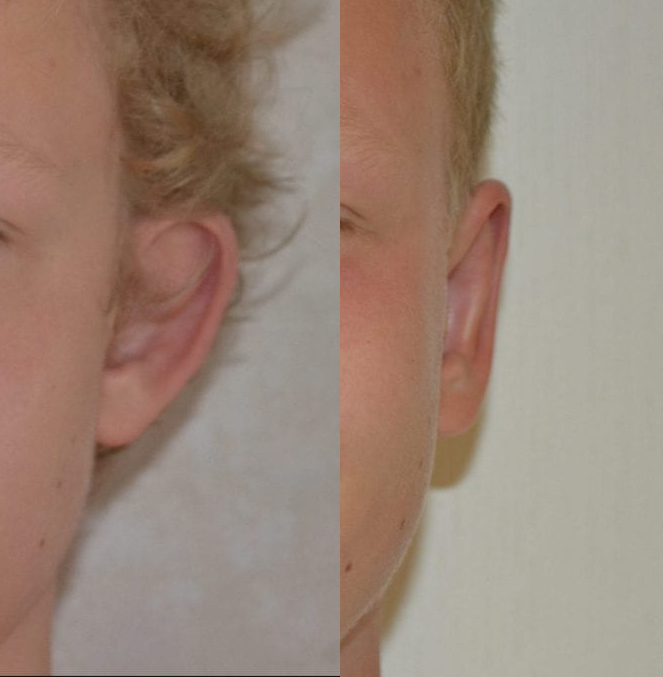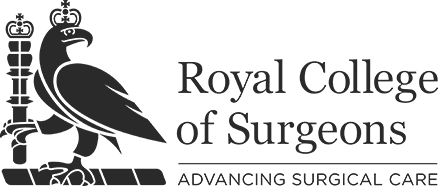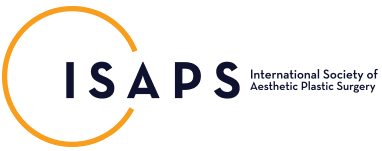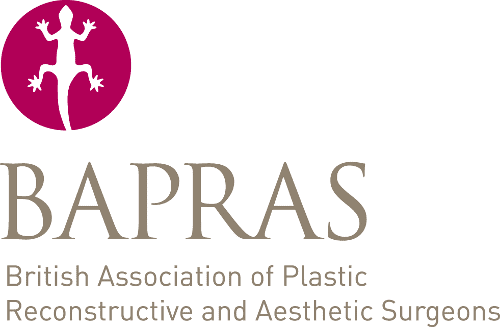Ear Pinning
Ear Pinning
Ear pinning is the most common reason to undergo corrective ear surgery. Correction of prominent ears creates better harmony to the face and can result in a considerable improvement in the psychological wellbeing patients. The aim of surgical ear pinning is to position the ears closely aligned with the head but in a natural position so they blend with the face rather than being a significant focus in facial appearance. This improves the balance of the face and the overall appearance of other facial features. As well as optimising facial aesthetics ear pinning considerably improves self-esteem and confidence.

Stitch technique
Mr Sabbagh uses the stitch technique, also known as ear stitch, to correct prominent ears. The stitches enable accurate movement of different parts of the ear and thus the upper, middle and lower third can be pinned back to the degree the patient desires. With this technique the ear position is completely controlled thus achieving a natural look with a naturally curved antihelix and a visible helical rim on frontal profile. This technique is very effective and predictable. The surgery is performed under local anaesthetic from behind the ear and the resulting scar is almost invisible.
Preparing for the procedure / what to expect before during and after
The ear stitch technique requires minimal preparation. As it is performed under local anaesthetic no fasting is needed before the surgery. Patients are advised to wash their hair the night before. On admission (one hour prior to the procedure) the nursing staff will carry out routine assessment and Mr Sabbagh will attend to confirm all the points that were discussed at consultation. The environment in the operating theatre is very relaxed and the nursing staff will always make the patient feel very comfortable. Local anaesthetic is injected behind the ear to numb the ear and surgical drapes are placed to create a sterile environment. The surgery takes around 30 minutes per ear and on completion the patient is able to inspect the ears with a hand-held mirror. A bandage is applied at completion, as a dressing, which is removed the next day. The patient is discharged following a review one hour after surgery. Pain medication will be provided.
How is the operation performed?
Surgery is performed from behind the ear. An incision is made in the skin to gain access to the ear cartilage. The fold of the cartilage visible on the front of the ear (antihelix) is recreated by inserting non-dissolving stitches in the cartilage. As the stitches are tied very accurate manipulation of ear position is possible. This allows a very natural result to be achieved. In some ears the conchal bowl (the deep concavity of the ear) is excessively prominent. This is repositioned with sutures or, if very stiff, a small crescent of the conchal cartilage is removed. The skin is then closed behind the ear with dissolvable sutures.
From what age can the surgery be performed?
Correction of prominent ears can be performed at any age after 5 years. Although it is possible to perform the surgery before the age of 5 it is not advisable as the operation requires understanding and co-operation from the patient during and after the surgery. It can be performed under local anaesthetic at any age, however, for children under the age of 10 general anaesthesia is usually preferred.
Is the operation painful?
There will be some localised pain around the ears and this is alleviated by basic painkillers such as paracetamol and brufen. This significantly improves after 24 hours and fully resolves within a week. It is recommended to take regular pain killers for the first few days; after then they can be taken as required. Most patients are able to resume their daily activities around two days post-surgery. Although not painful, the ears can remain slightly tender to touch for 3 months following the surgery.
Anaethesia
The ear stitch is a minimalist technique and can easily be performed under local anaesthetic. This has many advantages as it eliminates any risks from a general anaesthetic, has quicker recovery and allows the patient to view the result at completion. The local anaesthetic used is the same as by the dentist and ears are numbed by a quick injection behind the ear. The injection is very straightforward to administer and causes minimal discomfort. For small children general anaesthetic is usually preferred as co-operation is needed during the operation. However, if the child is of a mature age local anaesthetic is also an option. The effect of the local anaesthetic lasts for several hours so there is no concern that its effect may wear off during the procedure.
Are there any risks?
This is a procedure with a very high level of satisfaction, very safe with minimal risks. Complications are very rare and minor. There may be some bleeding from the wound which is of no consequence. There will be some swelling which subsides by the second week. Infection rate is very low, less than 1%. In the majority scars heal very well and are almost invisible. In a small group of the population thicker (hypertrophic) scars may form which may need further treatment. There is a very small risk (less than 5%) of partial recurrence of the ear prominence. This is most likely to occur in the first six months and can be easily corrected if necessary.
Recovery
Recovery is quick with no bruising on the front of the ear and return to work is possible after a few days and children to school after one week. A bandage is not necessary but can be worn for comfort for first 24 hours. Analgesia is likely to be needed for the first week. Most activities can be resumed after 48 hours. There will be some swelling and most of this will disappear by the second week. Most physical activities/sport can be resumed after the second week. For contact sports such as rugby or martial arts it is advisable to wait 4 weeks and to carry on protecting the ear with an elastic headband for 3 months. Swimming can be resumed after the third week.
Will there be scars?
There will be a surgical scar behind the ear which will go through several stages of healing. The dissolvable stitches in the skin fall out on the third week. The scar will appear as a faint line for around 6 weeks and will eventually become invisible. In very small percentage the body can form excessive scarring / keloids. These can be managed accordingly.
Will I need to wear a bandage?
A head bandage covering the ears and forehead only will be placed at surgery. The aim of the bandage is to make healing more comfortable and minimize minor bleeding that may occur. The bandage can be removed the next day as dictated by patient’s comfort. The patient will be advised to wear a headband at night and during sport activities for 6 weeks. The bandage has no functional role to keep the ears in position. It is worn for comfort and protection of the ear when needed.
Gallery
View before & after photos of Mr Sabbagh’s work.
Contact Walid Sabbagh
To arrange an appointment or for any other enquiries, please call or use the form.
Mob: +44 (0)7761 792 835
Tel: +44 (0)203 0020124



